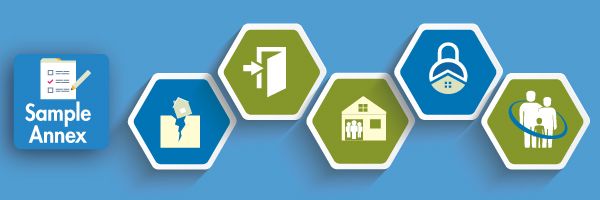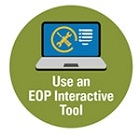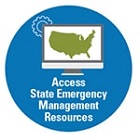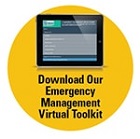|

NEW Sample Annexes to Support Emergency Management Planning Before, During, and After an Incident
Every school faces a unique set of risks and circumstances that require tailored, comprehensive emergency operations plans (EOPs). High-quality EOPs not only include an overview of the school’s approach to operations before, during, and after an emergency, they also contain detailed, in-depth plan sections — known as annexes — for approaching specific threats, hazards, or operational functions. Annexes ideally describe and outline goals (broad, general statements that share the desired outcome), objectives (specific, measurable actions necessary to achieve the goals), and courses of action (criteria for determining how and when each response will be implemented) that should be undertaken before, during, and after an incident occurs.
EOP annexes are a critical factor in successful implementation of prevention, protection, mitigation, response, and recovery approaches. Most commonly, there are threat- or hazard-specific annexes — such as those created for natural, technological, and biological hazards or adversarial, incidental, and human-caused threats — and functional annexes, such as those created for evacuations, lockdowns, or family reunification. While threat- and hazard-specific annexes elaborate plans for an identified incident, functional annexes describe plans for specific operational actions that may need to occur before, during, or after more than one threat or hazard. For example, if a school identifies earthquakes as a potential hazard, they may create hazard-specific earthquake and tsunami annexes, as well as function-specific evacuation and family reunification annexes. Some annexes are crosscutting and may contain notes referencing other annexes as to not duplicate courses of action.
To support core planning teams in understanding what annexes are and how they can be formatted, the REMS TA Center is pleased to offer five NEW sample annexes.
Intended as a reference tool, each sample annex
- Presents a fictional scenario;
- Provides an example of the content, format, and structure of an annex; and
- Shares potential goals, objectives, and courses of action for before, during, and after an emergency incident.
Find each sample annex on our Publications & Guidance Documents page or access them by clicking on the titles below:
- Earthquake Sample Annex: A Fictional Example for Schools Before, During, and After an Earthquake
- Evacuation Sample Annex: A Fictional Example for Schools Before, During, and After an Evacuation
- Family Reunification Sample Annex: A Fictional Example for Schools Before, During, and After an Emergency
- Lockdown Sample Annex: A Fictional Example for Schools Before, During, and After a Lockdown
- Shelter-in-Place Sample Annex: A Fictional Example for Schools Before, During, and After an Emergency
Can your planning team benefit from another sample annex that is not on this list? Send a note to info@remstacenter.org and let us know which sample annexes you would like to see next! Do you have a sample annex that you would like to share? Submit it via our Tool Box, a virtual library of tools developed by school and higher ed emergency managers in the field.
|










